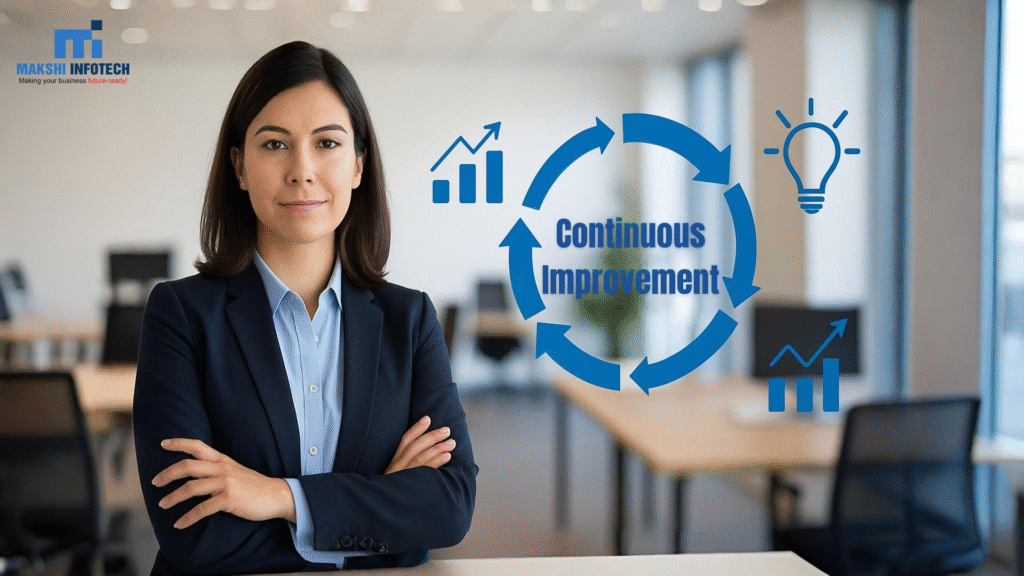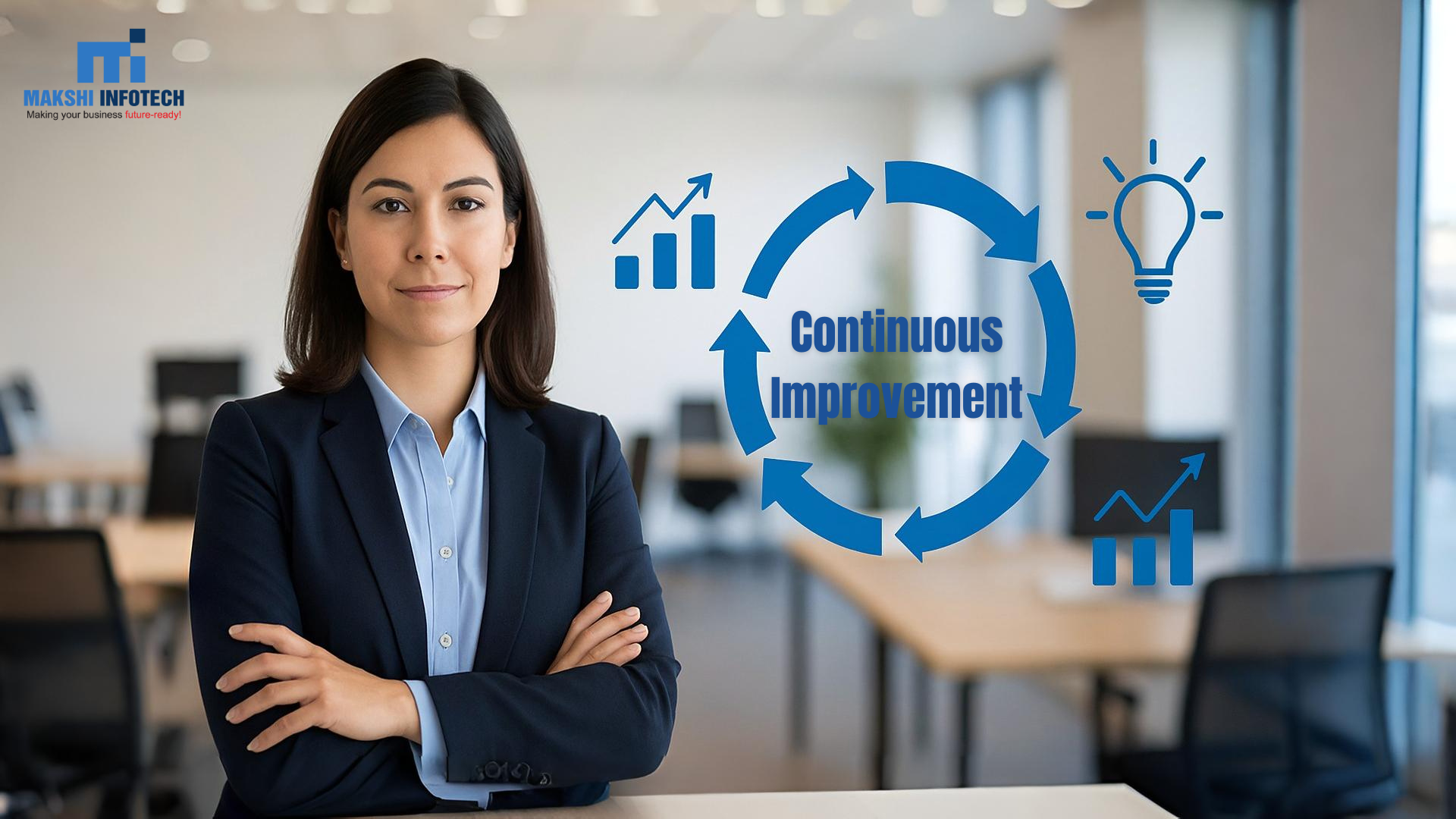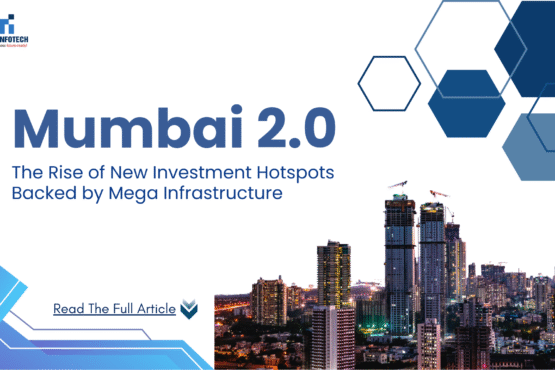
In today’s fast-paced business environment, Continuous Process Improvement (CPI) is no longer optional—it’s essential for long-term success. Forward-thinking business leaders are now embedding process excellence into the very DNA of their organizations. But what does it really take to build a culture of continuous improvement?
What is Continuous Process Improvement (CPI)?
Continuous Process Improvement refers to the ongoing effort to improve products, services, or processes incrementally over time. Unlike one-off change initiatives, CPI is a strategic, leadership-driven approach that focuses on enhancing operational efficiency, customer satisfaction, and employee performance.
Why Culture Matters in Process Improvement
Sustainable improvement doesn’t stem from tools or frameworks alone. It starts with organizational culture. When teams believe that small improvements are valued, supported, and rewarded, change becomes part of their daily workflow. Leaders play a critical role in modeling behaviors, setting expectations, and encouraging innovation at all levels.
Leadership’s Role in Driving CPI
Executives and managers must act as change champions. Their involvement goes beyond approvals—they must:
- Set clear KPIs and performance metrics.
- Promote open feedback and learning from failures.
- Align improvement goals with business strategy.
- Recognize team contributions and celebrate milestones.
Benefits of a CPI-Driven Culture
Companies that invest in continuous improvement gain:
- Higher customer experience (CX) ratings.
- Lower operational costs through process optimization.
- Greater agility in responding to market shifts.
- Improved employee engagement and retention.
Best Practices to Build a CPI Culture
- Train teams on Lean, Six Sigma, or Kaizen methodologies.
- Use data to drive decisions—don’t rely on guesswork.
- Encourage cross-functional collaboration.
- Integrate CPI with digital transformation initiatives.
Conclusion:
To stay competitive in 2025 and beyond, organizations must shift from reactive process fixes to a proactive, continuous improvement mindset. When leaders drive this transformation from the top, the results go beyond efficiency—they unlock innovation, growth, and long-term value.



